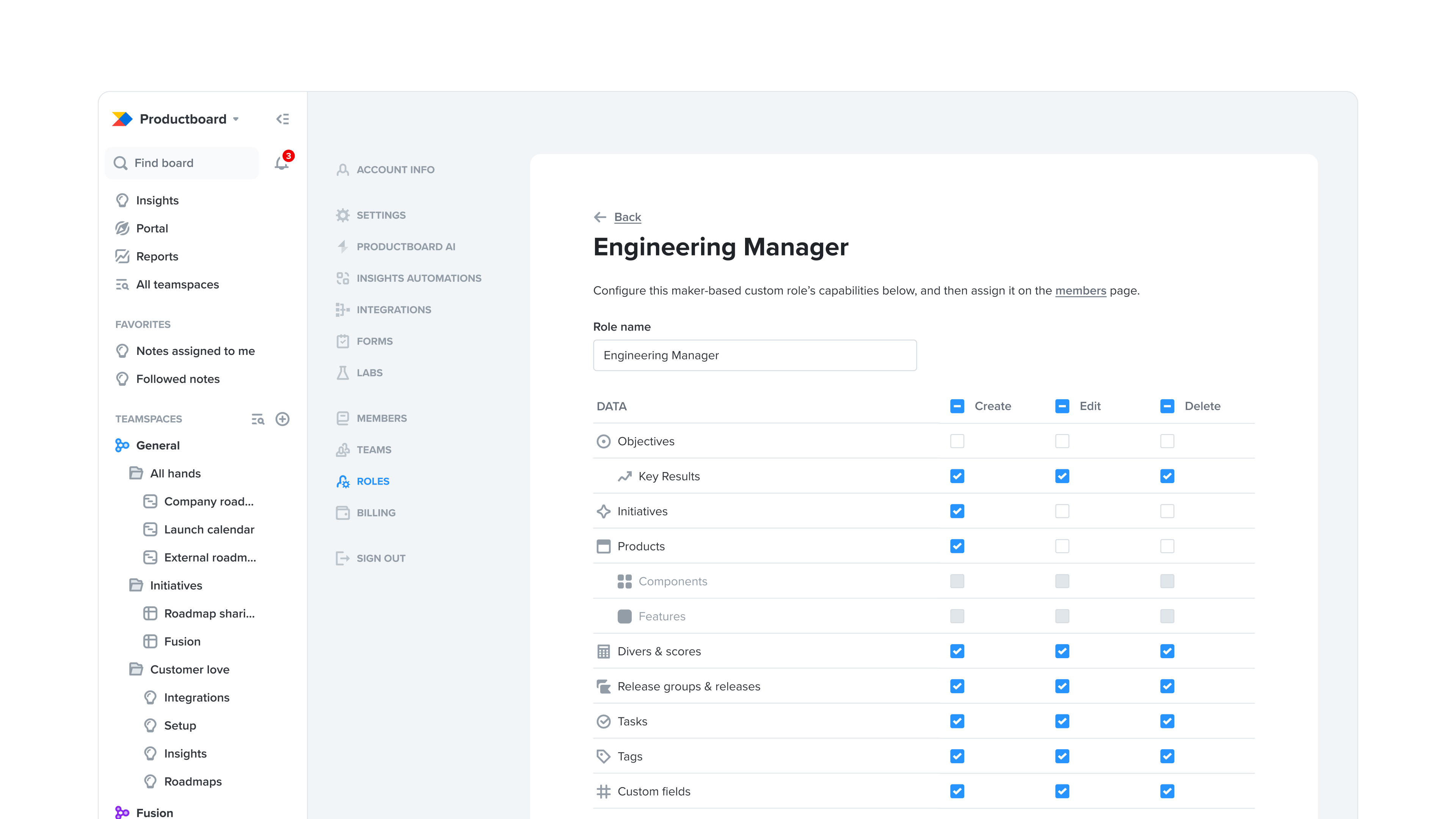New dynamic customer segmentation enables a deeper understanding of customer needs

Zero in on your target customers’ needs, faster
With Productboard’s dynamic customer segmentation and Salesforce integration, product managers finally have a quick and seamless way to understand customer needs and strategically segment using customer feedback and data from Salesforce and other CRMs. Product teams can use segmentation to quickly prioritize the most strategic features for key customers, making better-informed prioritization decisions with higher confidence.
According to Productboard’s 2020 Product Excellence report, only 37% of product teams consider customer segmentation during the feature prioritization process. Yet, customer segmentation is critical for creating excellent products. Different segments, such as customers, prospects, or enterprise customers, have different needs. Hubert Palan, CEO of Productboard recommends it is important to “meet the needs of one segment at a time while working on a strategy to meet needs in the long-term.”
Without focusing on understanding specific, core user base segments, product managers risk building generic features that don’t meet customers’ needs and lead to product failure. Trying to please everyone pleases no one. Now, PMs can zero in on the target customers’ needs and focus on building features for the most relevant segment.
Data is the new oil: sync your customer data with Productboard
To get started with dynamic customer segmentation, easily import your customer data into Productboard from any source, such as Salesforce or HubSpot, using Productboard’s CSV import.
We know many customers rely on Salesforce as their CRM of choice. With Productboard’s Salesforce integration, you can systematically capture critical customer account data and attributes from Salesforce. You can enrich customer data with additional business context, including attributes like industry, company size, and ARR. You’re now ready to segment your customers dynamically, as you can see all your customers and associated feedback by company size, ARR, or industry.
Align your product strategy and business goals
Once company data is in Productboard, you can create dynamic rule-based segments during product planning. For example, you can seamlessly create a dynamic segment in Productboard with the following attributes: Enterprise customers with ARR > $200k in the software or retail industry and based in Europe. All these imported companies that match these attributes will automatically be part of the segment with their segment-specific feedback. When you add new companies into Productboard that match the segment rule you created, Productboard automatically adds those companies to the segment. It’s that easy to create rule-based segments around important attributes, such as market segment, ARR, geography, or industry.

Drive revenue and build the right products for your customers
Analyze relevant customer feedback by segment, understand critical needs, and identify the most critical features for each segment based on the feedback they submitted. You can use Productboard’s user impact score, an auto-calculated score that represents the number of companies in your segment who need a feature, weighted by the degree to which they need it (e.g., “critical). Doing so, you can zero in on and prioritize your segment’s most pressing needs. Then through the product discovery process, you can identify the optimal solution to solve those problems.

Easily prioritize strategic features for key customers
Quickly prioritize the most important features for key segments. Use filters for more granular segment insights, and discover only the most compelling features for your segments. For example, you can filter all features requested by a segment only to show those “Critical” and “Important” requests from mid-market tech Asia companies in the last 90 days. You can also sort your target segments’ features to reveal the highest impact, highest priority features, and prioritize building them next. You can even compare the needs across segments, such as filtering all features marked as “Critical” by most segments or segments A, B, and C. Doing so allows you to identify overlaps and additional opportunities.

Customers like Zendesk use dynamic segmentation to better evaluate customer opportunities. Shawna Wolverton, Zendesk’s EVP of Product explains that “Productboard’s powerful segmentation feature helps our teams narrow in on specific customer types and their unique feedback. We develop a deep understanding of the unique needs connected to each customer profile. This gives us clarity on where our sweet spots are for product fit and guides product strategy. Using these segments, we can prioritize features and build the right products that accurately reflect those specific customers’ needs.”
Ready to get the right products to market, faster?
How dynamic customer segmentation works in under 2 minutes:
Start your free trial now to try Productboard’s dynamic customer segmentation, empowering cross-functional alignment and revenue while helping product managers build excellent products customers want, faster.
If you’re looking for more guidance and best practices from our customers and leading product teams to prioritize features and build excellent products, check out Productboard's Defining what matters: The Essential Guide to Prioritization ebook.




